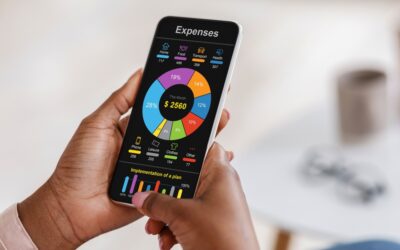Here’s the lowdown on why signing that shiny lease agreement might be the worst financial decision you make this decade. Picture this: you’re cruising past your buddy’s new ride on Friday night, green with envy, even though your monthly lease payment is basically paying for your car’s depreciation instead of building equity. Leasing feels like a VIP pass to always driving a “new” car, but spoiler alert: it’s more like renting a luxury handbag—you pay a premium, baby, and you never actually own it. Strap in, because here are 12 brutally honest truths no one tells you about leasing.
1. You’re Paying for Depreciation… Twice
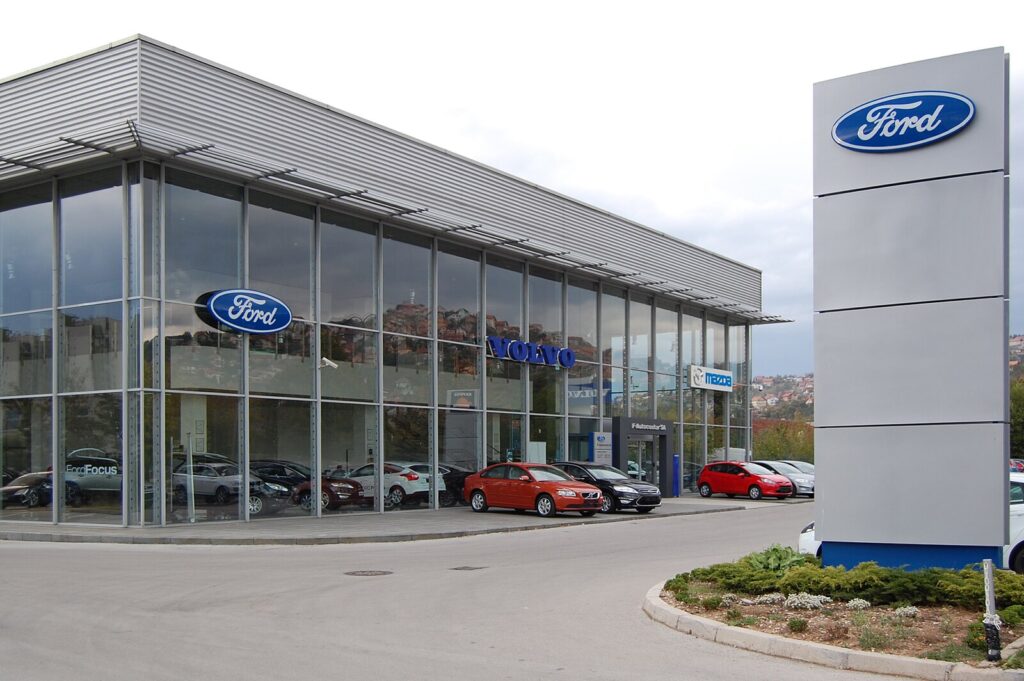
Leases are structured so you cover the car’s depreciation over the lease term, plus interest and fees. In essence, you’re financing how much value the car loses—no wonder those monthly payments seem so low, low, low. But here’s the kicker: when you eventually buy out the lease or finance a new car, you’ve already paid for that same depreciation once. It’s like paying rent to live in a house, then coughing up a mortgage on the same property later. And according to the New York Times, the average driver pays thousands in total depreciation over a three-year lease.
If you’re math-averse, think of it this way: you could be sinking those dollars into a used car purchase that retains resale value. Instead, you’re essentially renting your wheels, dumping cash into somebody else’s asset, and in return? You get to hand the keys back and start the cycle all over again—fun!
2. Mileage Limits Are a Sneaky Money Trap
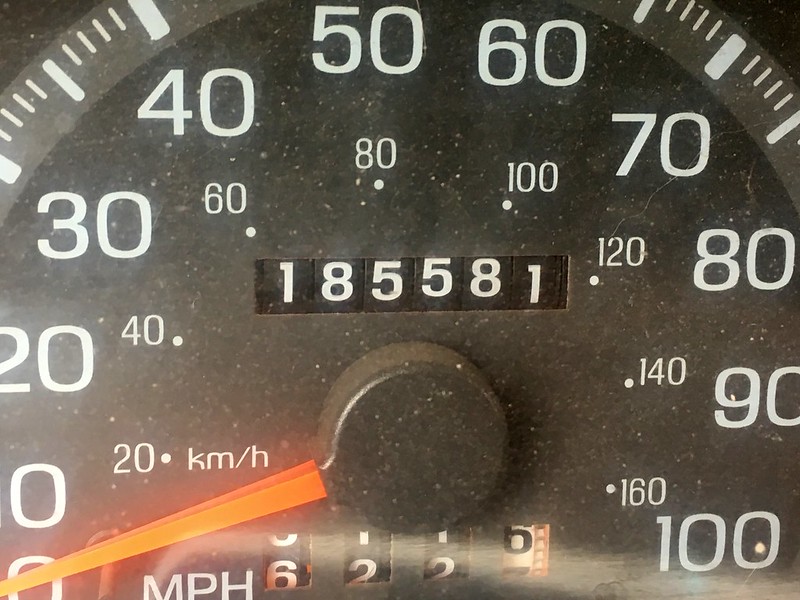
Leases typically lock you into 10,000–15,000 miles per year. Sounds fair until you realize that every extra mile often costs 25–30 cents, according to Forbes. Do the math on that: if you go 5,000 miles over, you’re looking at an extra $1,250–1,500 tacked onto your bill at lease end. Bloomberg analysts have dubbed these penalties “the lease trap,” since most drivers underestimate their annual mileage by a mile… or ten thousand.
Sure, you can negotiate higher mileage upfront, but that just jacks up your monthly payment. Suddenly you’re paying for miles you might never drive, all so you can avoid a penalty you might never incur. It’s a lose-lose—or in lease-lingo, a “zero” deal.
3. Customization? Keep Dreaming

Want to add that sick spoiler or swap out the floor mats? Good luck. Lease contracts almost always forbid modifications. Even a vinyl wrap can cost you big when the leasing company comes to inspect. According to Forbes car-enthusiast leasing is often a no-mod zone, because any changes diminish the car’s residual value.
In other words, you’re stuck driving stock. No rim upgrades, no stereo swaps, no fun. If you love personalizing your ride, buying used and modding to your heart’s content is the only sane route. Even minor touches like tinted windows usually need written approval—and you’ll pay to remove them at lease end, according to Capital One Auto Navigator. That means your vision of a sleek, personalized ride could end up as a pricey pit stop at the dealer to revert every last detail. And if any aftermarket parts cause premature wear or damage, you’ll be on the hook for repair costs you never saw coming.
4. Insurance Costs Are Through the Roof

Leased cars demand full coverage—liability plus collision and comprehensive with low deductibles. Why? The leasing company wants to protect its asset. So your insurance premiums shoot up, sometimes by hundreds a month. Consumer Reports warns that drivers often underestimate this extra cost by up to 20%.
Imagine paying a $300 monthly lease payment plus $250 in insurance. You’re really shelling out $550 for a car that you’ll return in three years with zero ownership. It’s like leasing a house where the landlord forces you to buy expensive insurance—sounds sketchy, right? In fact, a recent analysis from Bloomberg found that people leasing vehicles often pay up to 30% more in premiums than owners—and that doesn’t even include gap coverage or extra add-ons. Your “affordable” lease suddenly feels a lot less so when you run the numbers. And if you get into an accident, that low deductible means you’ll be writing checks you didn’t budget for.
5. Early Termination Fees Will Haunt You

Life happens—job moves, emergencies, boredom—but leases rarely take that into account. Breaking a lease early can mean fees up to 50% of your remaining payments. The Wall Street Journal recently ran a deep dive on these penalties, labeling them “financial quicksand” because once you step in, getting out costs you a fortune.
So if you lose your job or decide the car just isn’t working for you, tough luck. You’ll be paying for a car you’re not even driving. Buying gives you the freedom to sell or trade anytime with no punitive fees. According to Car & Driver, the average early-termination bill can top $2,000—and that’s before interest. You could be stuck paying months of empty lease payments just for the privilege of walking away. Even worse, dealerships sometimes roll those fees into your next lease, so you’re punished twice for playing it safe.
6. You’ll Never Build Equity
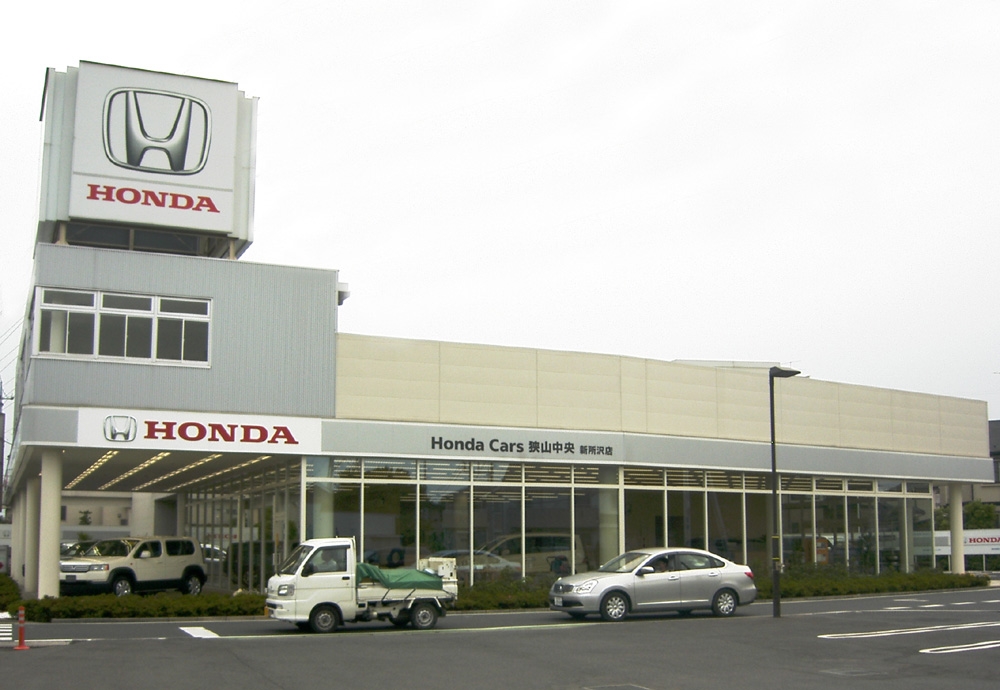
Every payment you make on a lease is pure expense. When you finance a purchase, a portion of each payment chips away at the principal, building equity you can tap later. Leases? Nada. You’re basically renting your transportation—so at the end of the term, your bank account is lighter and you still don’t own a dime of the car.
Sure, you might enjoy low monthly payments, but think about what you’re missing out on: that sweet chunk of ownership equity that could fund your next down payment or emergency fund. Over time, the car you buy holds some trade-in value, whereas a leased ride evaporates the moment you hand back the keys. That equity can work like forced savings—helping you upgrade or leverage it if life throws a curveball. Instead, with a lease, you’re left empty-handed, hunting for your next ride with no financial cushion. Even if you buy at the end, you’ve already paid a premium for someone else’s guess on depreciation. Meanwhile, owners can sell, trade, or keep driving and feel that pride of genuine ownership. And if you’re one of those people who love to brag about your assets, there’s nothing to show off when you’re just renting wheels. Bottom line: building equity feels like leveling up, and leasing? It’s staying stuck on level one.
7. Your Credit Score Takes a Hit

Leases count as installment loans, and any late payment gets dinged on your credit report. Miss one payment and suddenly you’re struggling to qualify for that next apartment or even a cell-phone plan. With a purchase, you can sometimes work out payment plans or sell the car privately if you hit a rough patch. Leases aren’t as forgiving.
When life gets chaotic—medical bills, rent hikes, surprise vacations—having equity in a vehicle can be a game-changer. You can sell or borrow against it, but a leased car offers zero financial lifeline. Instead, you get calls from debt collectors if you fall behind and watch your score slide. And once your credit nosedives, everything from apartment hunting to snagging a killer credit card deal becomes a royal pain. Sure, on-time payments on a lease can help your score, but one slip could erase months of credit karma. Financing a purchase offers more wiggle room to negotiate with lenders or sell the car to recoup value. Plus, if you decide to refinance at a better rate, you’re free to shop around—something a lease never lets you enjoy. Long story short, a lease feels like walking a tightrope without a safety net, and your credit score is the high-wire performance.
8. Fickle Fees Are Everywhere

From acquisition fees to disposition fees, leases are laced with hidden charges. Think of it like a theme park: the ticket’s cheap, but everything else—food, photos, locker rental—costs extra. Those fees can add up to $1,000+ at signing and yet another few hundred at return.
By the time you crunch all the numbers, those fees can make you wonder if the dealership is secretly a theme park in disguise. Acquisition fees alone can add a grand to your upfront costs, and don’t even get me started on monthly administrative charges. At lease end, disposition fees pop up like surprise party guests—only they suck money out of your wallet instead of bringing cake. And if you return the car with a scratch or dent, prepare for per-diem repair fees that tally by the day. Transparency? What transparency? Your contract probably buries these costs in fine print that you skimmed over. You might think you’re getting a deal, but you’re basically funding the dealership’s snack bar. Even worse, many of these fees are non-negotiable, so you have zero leverage. Next time you see a “zero drive-off” lease, check for the hidden mile-high fees lurking below.
9. You’re Banking on the Residual Value Guess

Leasing companies estimate what the car will be worth at lease end. If they guess low, great for you—your buyout price is lower. If they guess high? Boom—you owe more than it’s worth if you decide to buy. It’s a gamble that most lessees can’t win in the long run.
It’s like betting on a horse without knowing its bloodline stats—you might win, but odds are slim. If that email arrives saying your car’s market value plummeted faster than Bitcoin, you’re stuck with a buyout price that reads like Monopoly money. No matter how much you love that model, forking over more than it’s worth feels like a sucker punch. And if you’re eyeing that sweet end-of-lease deal to buy it, you’ll think twice when you see the gap between residual and reality. Next thing you know, you’re digging into savings to cover the difference instead of, say, a killer vacation. Meanwhile, owners who timed the market can sell for profit or at least break even—and drive away with cash in hand. Guess who’s laughing now? Not you, my friend. In the leasing game, the house always wins—your dealer, not you.
10. Tax Benefits Are Usually Overhyped
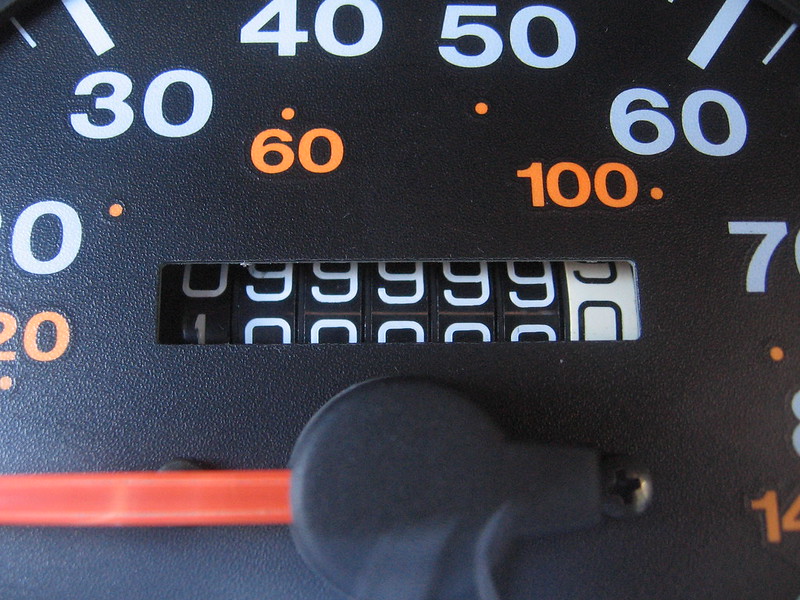
Yes, if you’re self-employed you can deduct lease payments—sometimes. But the IRS limits deductions based on personal vs. business use, and you’ll need meticulous mileage logs to prove it. For most folks, the paperwork and audits make the slight tax break hardly worth the chore.
Let’s be real, nobody wants to play accountant every tax season. You’ll end up logging trips to the coffee shop, dentist, and dog park like it’s the next big Instagram project. Then comes the IRS audit letters asking why your deductible trail is messier than your Spotify Wrapped. And guess what? Those deductions only apply to the percentage of business use, so your clawbacks will feel tiny compared to the paperwork hassle. Meanwhile, the time you spent tracking mileage could’ve gone toward actual work—or binge-watching your favorite show. Most of us would rather Netflix and chill than balance an expense report. Plus, if your business drizzle turns into a downpour, you’re responsible for proving every claimed mile. Spoiler: spreadsheets don’t lie but they can certainly stress you out. End of the day, that “sweet” tax break might leave a bitter aftertaste.
11. Market Value Swings Can Bite Hard
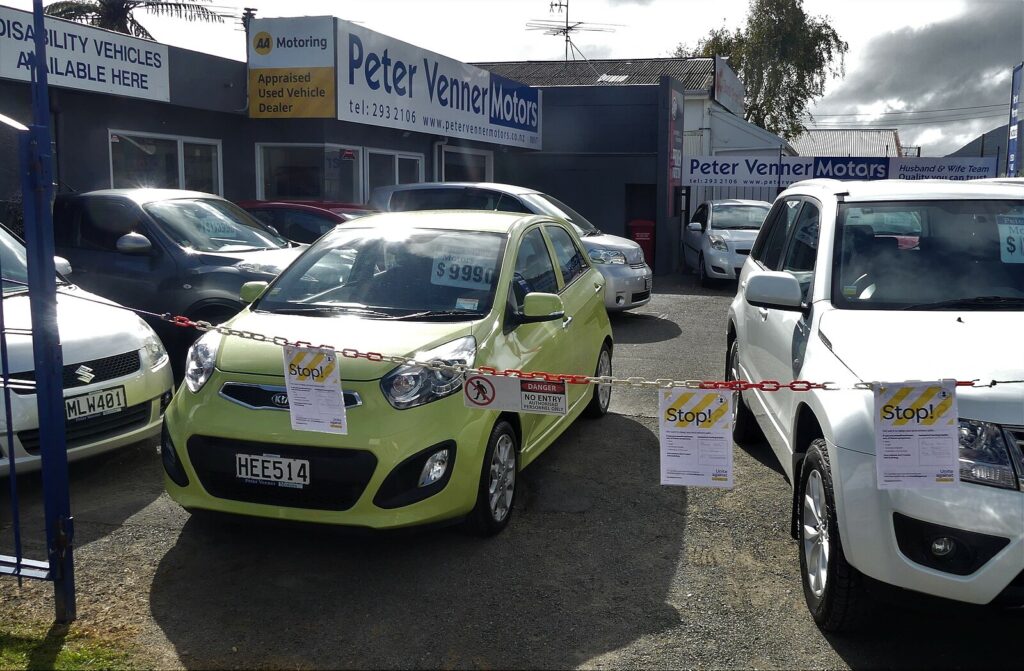
If the used-car market drops—like it did in 2020—you may find that the car you’re leasing is now worth way less than the residual value set at signing. That means if you want to buy it at term end, you’re overpaying compared to market price.
When the wheels are spinning and the market dips, you won’t get a refund on that wealth you imagined you had. Suddenly you realize your “can’t-wait-to-lease” model is now worth pennies on the dollar. And if you had plans to buy at lease end and keep it, those plans die faster than a smartphone battery at 2%. Instead of bragging about your ride, you’re stuck explaining why you overpaid for yesterday’s value. Meanwhile, folks who bought similar used cars last year are selling for cash or trading up at a discount—and you’re left paying premium prices. The worst part? You have zero recourse to renegotiate your residual value once it’s set. It’s like signing a score before the game even starts and hoping the other team flops. When the market swings, you’ll be the one playing catch-up. Moral of the story: if you prefer flexibility over rigidity, buying might be your VIP pass to win.
12. Leasing Locks You into Perpetual Payments
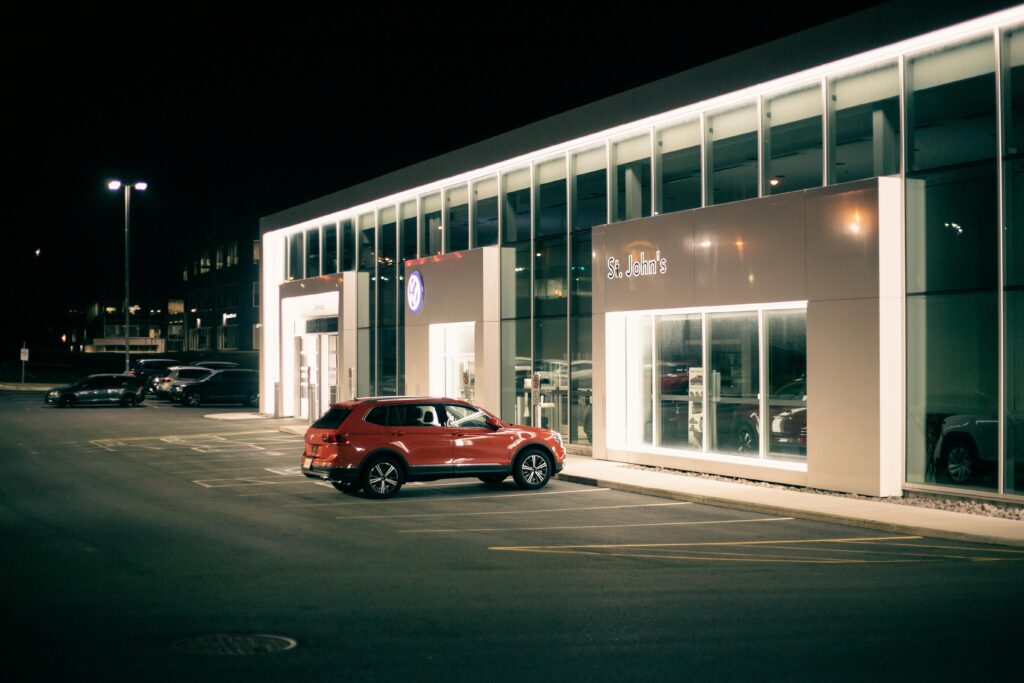
At the end of every lease, you have a choice: lease again or buy. Leasing again just resets the clock on those monthly bills. Buying means ponying up a lump sum or starting a new loan. With buying, once you clear the loan you drive payment-free. Leases keep you chained to the bank indefinitely.
Imagine the post-lease blues when you’re back in the showroom, shovel-ready for the next deal. You’ll be cycling through monthly payments like a hamster on a wheel, never reaching that glorious moment of car-free ownership. Meanwhile, friends who bought vehicles years ago are driving around credit-free, planning road trips and considering their next upgrade without debt stress. With a lease, you’re perpetually playing catch-up, always chasing that next low-rate promotion. And remember, dealerships love this—they get you hooked on the payment cycle and keep you coming back. It’s like signing up for subscription life, but for cars. Eventually, you’ll wake up and wonder why you haven’t saved a dime on your ride. Spoiler: because you’ve been paying rent on wheels your whole adult life.
This article is for informational purposes only and should not be construed as financial advice. Consult a financial professional before making investment or other financial decisions. The author and publisher make no warranties of any kind.


